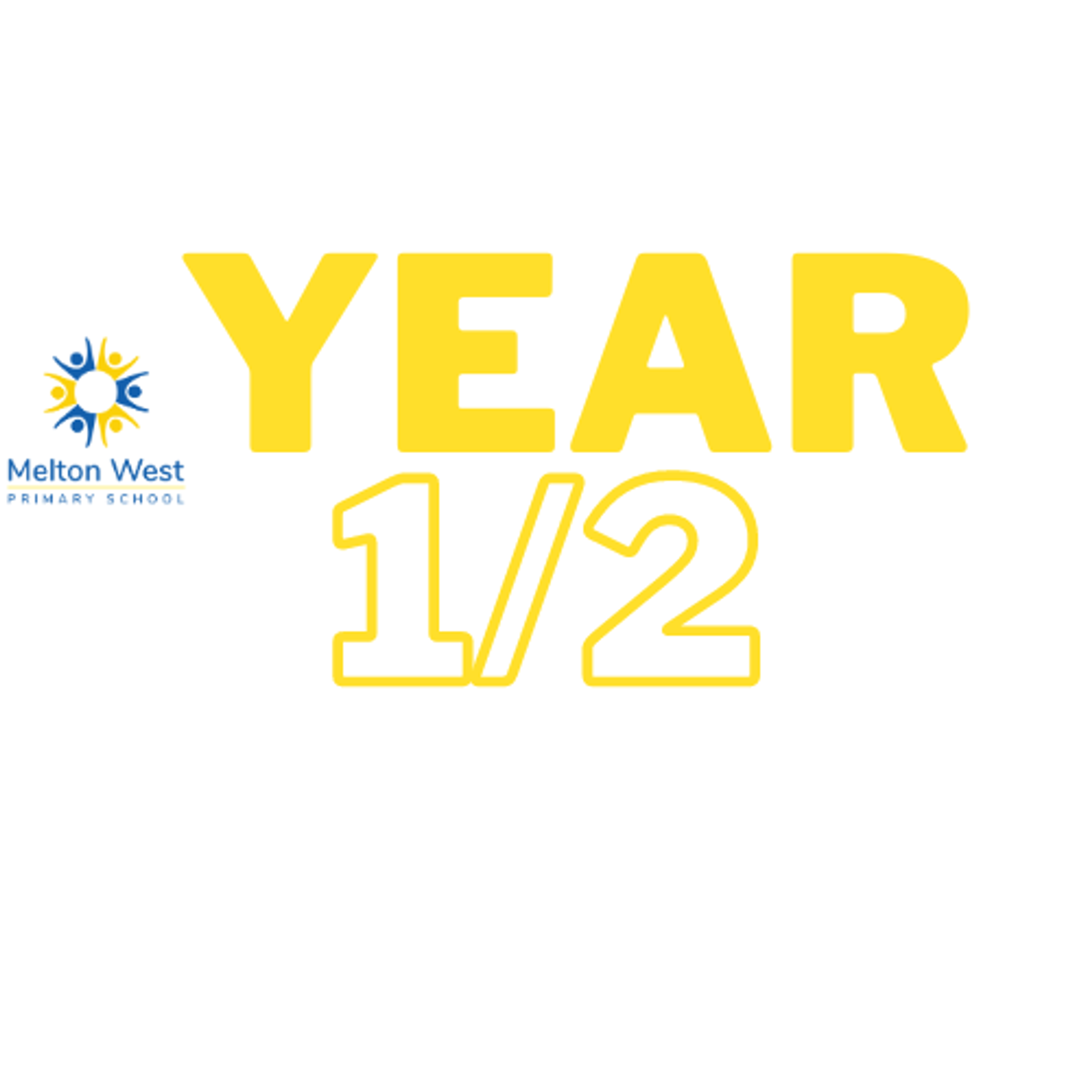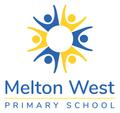Year 1/2 News

LITERACY
This term in Literacy, students will engage in a two-hour daily Literacy block, focusing on phonological awareness, phonics, fluency, reading comprehension, and writing, with particular emphasis on suffixes such as the plural -s and past tense -ed.
In addition to daily phonics instruction, students will explore the genre of fairytales. They will apply a range of reading comprehension strategies—including visualising, predicting, making connections, summarising, and questioning—before, during, and after reading. Students will also learn to infer meaning by using context clues and drawing on their prior knowledge.
As part of this unit, students will read traditional fairytales alongside fractured versions of these stories. They will compare and contrast the two texts, identifying similarities and differences in plot, characters, setting, and language features.
Once students have developed a strong understanding of the narrative and language structures of fairytales, they will plan, draft, revise, and edit their own original fairytale. They will follow the writing process from initial planning through to publishing, with a focus on developing well-structured narratives that include clear characters, settings, problems, and resolutions.
MATHEMATICS
This term in Numeracy, students will participate in a range of learning experiences designed to strengthen their understanding of number concepts, spatial reasoning, and measurement through hands-on exploration, visual representations, and real-world problem-solving.
Students will explore multiplication and division using visual tools like arrays, diagrams, and number sentences to understand the connection between the operations and select effective problem-solving strategies. They will interpret and model word problems, check their answers for reasonableness, and investigate equal sharing with remainders. Applying their skills to real-life contexts such as money, students will represent values, create number sentences, and communicate solutions. They will also consolidate multiplication facts for 3, 4, 5, and 10, develop related division facts, and explore number patterns through doubling and halving.
Alongside this unit, students will practise interpreting and giving directions using positional and directional language such as “left,” “right,” “forwards,” and “backwards,” as well as ordinal terms like “first” and “last.” They will also use simple maps to locate objects, enhancing their spatial awareness.
In the Mass unit, students will compare and measure mass using informal methods like hefting and balance scales. They will use terms such as “heavier” and “lighter” to describe and order objects, and explain their reasoning using appropriate mathematical language.
INQUIRY
This term in Inquiry, students will be exploring the unit ‘Time Traveller’. They will focus on aspects of daily life to identify how some have changed over recent time while others have remained the same. They will describe personal and family life, a person, site or event of significance in the local community. Students will sequence events in order, using a range of terms relating to time. They will also use sources (physical, visual, oral) including the perspectives of others (parents, grandparents) to describe changes to daily life and the significance of people, places or events. Students will compare objects from the past and present and create a narrative about the past using terms and a range of sources.
SCIENCE
Our focus in Science for term 3 is the Physical Science strand where we will be learning that light and sound are produced by a range of sources.
Students will learn about natural and artificial light sources , and will carry out experiments which show that objects need to be illuminated by light in order to be seen. Students will investigate sounds by making predictions on sounds that can be heard inside and outside of the classroom and will explore different ways to produce sound using familiar objects and actions.
Students will be able to identify that the Sun is the main source of energy along with other sources like stars. Students will be able to explain and demonstrate how their senses are used to investigate the world around them, such as eyes to detect light, ears to detect sound, touch to feel vibrations. Students will also spend time outside their classrooms observing and experimenting different sounds they can hear inside and outside the room.
LOTE-AUSLAN
Welcome to Term 3 Auslan! Students will learn about: – Food/Dinner, School Signs, Nature Walk, Auslan Structure, Conversation, Holiday – Planning & Packing, On Holidays, HOLM + NMF –Minimal Pairs (Orientation), Modern Technology and Revision. These new lessons will show signs that are relevant to our daily lives and the things that we do as families. We will also build on our previous learning, with ‘old’ and ‘new’ signs coming together in lessons.
Deaf Culture (conversation elements) and Auslan Structure (sign order) will provide information related to the theory and purpose of Auslan. Another focus this term for the 1/2 students, will be to practice building Auslan phrases with known and newly taught signs, e.g. Food like .... . Food don’t like .... This may require fingerspelling when a sign is not known.
The revision lesson will involve a story, using many signs that we will learn this term and
present the challenge of ‘reading back’ the signs to comprehend the story. This presents as a challenge initially, however with experience, and ongoing exposure, the students will learn to read-back signs and understand the content. Hence, the students will begin to gain confidence, in both signing (Expressive) and understanding others’ signs (Receptive), which can take time to develop.
ART
Welcome to Grade 1 and 2 Art, Term 3, 2025! This term, students will be exploring the elements of shape and form. They will learn how to apply lines to create a self-portrait and how to use shapes required to create individual facial features. Students will also work on techniques to apply solid colour using different mediums and on monochromatic colours where they will apply one colour but use different shades and values. Grade 1 and 2 will look at the work of professional artists as a reference and guide to help them understand the concepts they will be using. Indigenous artworks will be incorporated into some sessions and a variety of materials will be used to create mixed media art artworks. Art activities will involve lots of discussion and experimentation. Looking forward to another wonderful term of Art!
P.E
This term in PE, our Year 1/2 students will begin by exploring the game of basketball. We’ll be learning and practising key skills such as dribbling with control, passing to teammates, and shooting towards a target. These skills will be developed through a range of fun activities and small-sided games, helping students improve their coordination, teamwork, and understanding of game rules. Later in the term, we’ll transition into striking sports, with a focus on tennis and badminton. Students will learn how to strike a ball or shuttle using rackets, working on control, timing, and power. We’ll also explore how to move into position and use these skills in simple game-based scenarios. It’s shaping up to be a fun and active term, and I’m looking forward to supporting all our Year 1/2s as they continue building their skills and confidence in PE!
MUSIC
During term 3 in music grade 1 and 2 students will be learning about melodies. Students will be learning to sing and play and perform folk songs on the keyboard. Some examples of songs they will learn to play include ‘Happy Birthday’, ‘Twinkle, twinkle, little star’ ‘Bingo’ and ‘Frere Jaques’. Students will also be learning to coordinate their hands on the keyboard. Students will be learning the letter names of notes on the keyboard and where to place their hands. Students will learn to use five fingers of their hands to play the keyboard. Students will also be learning to improvise and create simple melodies of their own.
